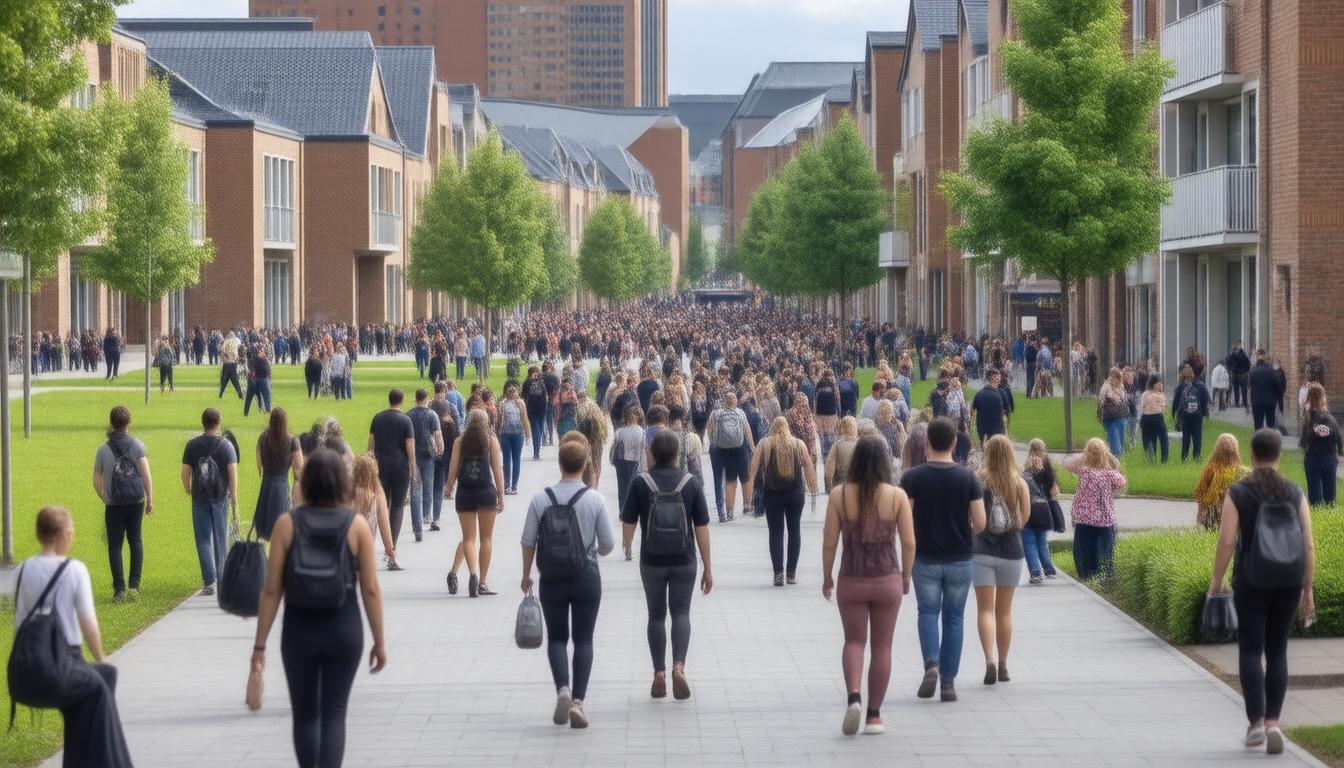In 2025, Salford is witnessing a notable transformation in its housing landscape, particularly with the proliferation of Houses of Multiple Occupancy (HMOs). A recent report released by Salford City Council has brought to light concerns regarding the escalating number of HMOs, which are increasingly converting traditional family homes into shared living arrangements. This trend has not only raised alarms about potential declines in social cohesion within neighbourhoods but is also imposing significant strain on local services and infrastructure. As the city’s demographic landscape evolves, these developments necessitate urgent attention from city planners and policymakers. Salford’s Mayor has outlined a series of initiatives aimed at addressing these challenges to enhance the livability and sustainability of the city for all residents in the years ahead.
Key Takeaways
- The rise of HMOs in Salford is contributing to declining social cohesion in neighborhoods.
- Existing local infrastructure is struggling to meet the demands of increased shared living spaces.
- City initiatives are focusing on long-term solutions to improve livability and sustainability in Salford.
Understanding the Social Implications of HMOs in Salford
In 2025, Salford City Council released a significant report addressing the implications of the increasing number of Houses of Multiple Occupancy (HMOs) throughout the city. The report sheds light on the concerning trend of larger family homes being repurposed into shared living arrangements, a shift that is reportedly undermining social cohesion in local communities. The rise in HMOs has compelled local authorities to reevaluate the capacity and readiness of existing services to manage this demographic change. The mayor of Salford has openly acknowledged the challenges posed by this housing trend, asserting that it underscores the need for an improved approach to urban planning and investment in community resources to enhance the overall livability and sustainability of the city. These developments are crucial for ensuring that Salford remains a vibrant and inclusive place to live as these changes continue to unfold in the coming years.
Assessing Infrastructure Needs and Future Planning Solutions
Furthermore, the report emphasizes the urgency for strategic infrastructure planning to accommodate the evolving needs of the population. Local government officials are contemplating the introduction of stricter regulations on HMO conversions to better manage their growth and mitigate social issues. This could involve implementing policies that encourage the development of more family-sized housing, as part of a comprehensive strategy to enrich community ties. In conjunction with the report, residents have been urged to participate in community engagement activities to voice their concerns and contribute to forward-thinking urban development plans. The Salford mayor has proposed the creation of an advisory board that includes community members, which aims to promote dialogue and cooperation between citizens and local authorities regarding future housing and infrastructure projects.





